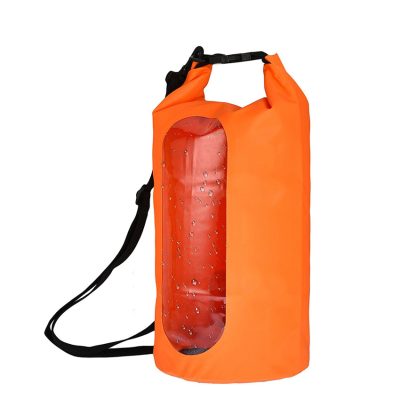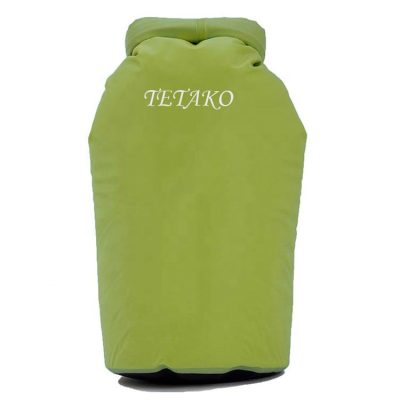Tarpaulins can be valuable tools for protecting your plants in the garden from various environmental factors, pests, and seasonal changes. Here are several ways to use tarpaulins to safeguard your garden and plants:
- Frost Protection:
- Cover delicate or frost-sensitive plants with tarps during cold nights or unexpected frost. This helps trap heat and prevent frost damage.
- Heat and Sun Protection:
- During scorching summer days, provide shade to your plants by suspending a tarp above them. This can help prevent sunburn and dehydration.
- Rain and Storm Protection:
- When heavy rain or storms are forecasted, use tarps to shield plants from excessive moisture. This prevents soil erosion, root rot, and damage to delicate foliage.
- Hail Protection:
- In areas prone to hailstorms, drape a tarp over your plants to shield them from hail damage. Secure the tarp above the plants to create a protective barrier.
- Windbreaks:
- Set up tarps as windbreaks to protect fragile plants from strong winds that can break stems or damage foliage.
- Bird Netting:
- Cover fruit trees or berry bushes with a tarp to deter birds from feasting on your harvest. Make sure the tarp is properly secured to prevent birds from getting underneath.
- Insect Control:
- Use mesh or fine-weave tarps to create insect barriers around plants. This keeps out pests like aphids, cabbage moths, and other insects.
- Weed Suppression:
- Lay tarps on the soil as weed barriers. This prevents weeds from taking root and competing with your garden plants for nutrients and space.
- Soil Warming:
- Warm the soil in the early spring by placing a dark-colored tarp on the garden bed. This helps accelerate soil warming, promoting faster germination and growth.
- Crop Rotation:
- Use tarps to cover garden beds when you’re practicing crop rotation or letting the soil rest. This prevents weed growth and keeps the soil healthy.
- Plant Propagation:
- Use tarps to create mini-greenhouses or propagation beds. They can help control temperature and humidity levels for successful seed germination or rooting cuttings.
- Overwintering:
- Cover potted plants or garden beds with tarps during the winter to protect them from freezing temperatures, snow, and ice.
- Temporary Shelter:
- In extreme weather conditions, you can create a temporary greenhouse by securing tarps over a frame made of PVC pipes or wood. This allows you to extend the growing season.
- Pruning and Maintenance:
- When performing heavy pruning or maintenance tasks on trees or shrubs, spread a tarp underneath to collect debris, making cleanup easier.
- Harvest Gathering:
- Use a tarp as a convenient surface for gathering harvested fruits or vegetables. It makes it easy to collect and transport your produce.
Remember to secure your tarps properly to ensure they stay in place and provide effective protection. Be mindful of airflow and moisture levels when using tarps for extended periods to avoid mold or fungal issues. By using tarps strategically, you can enhance the health and productivity of your garden plants.


















